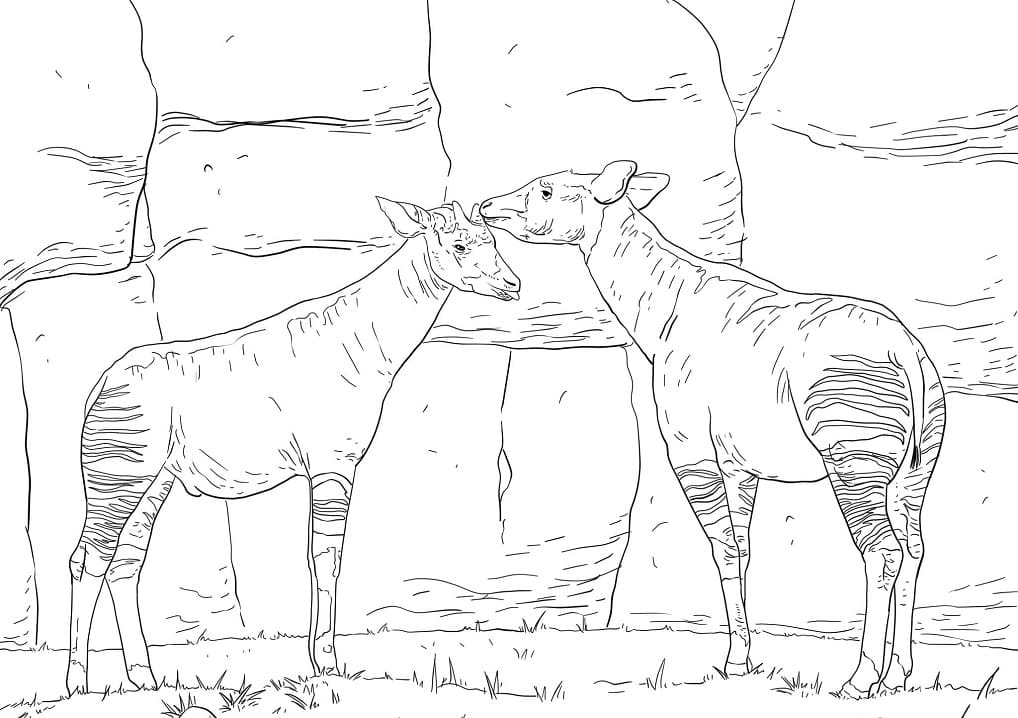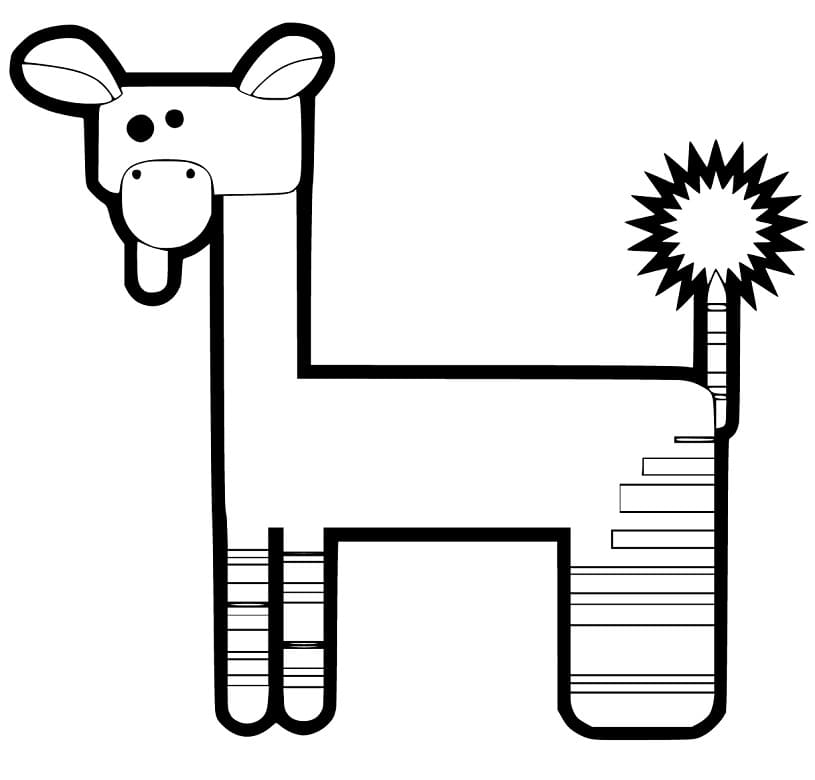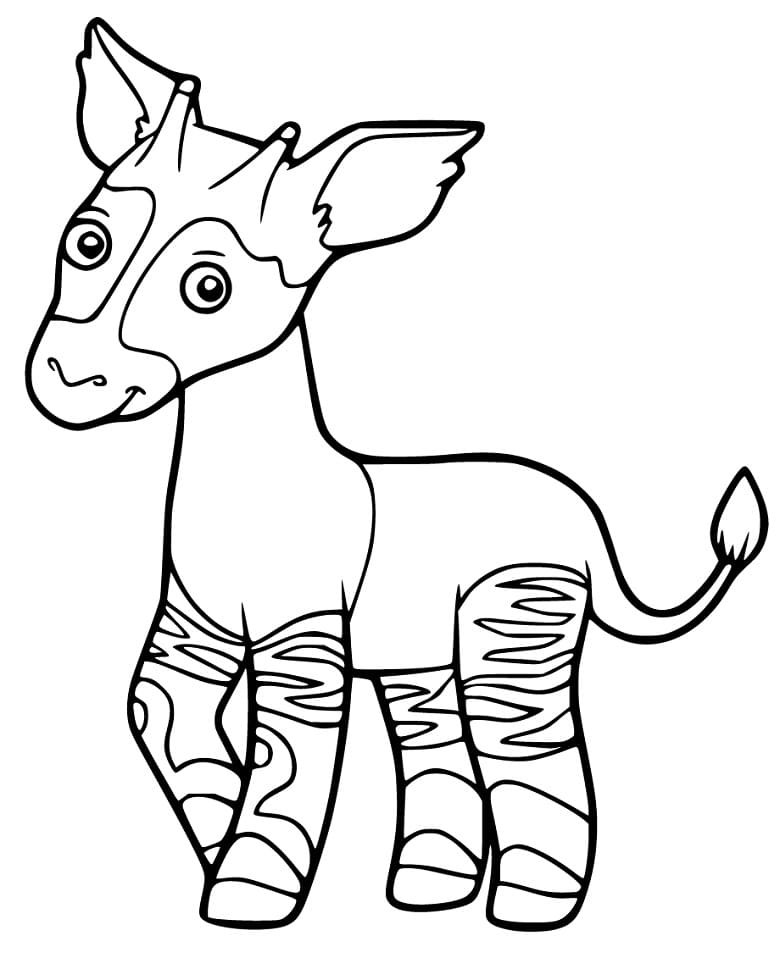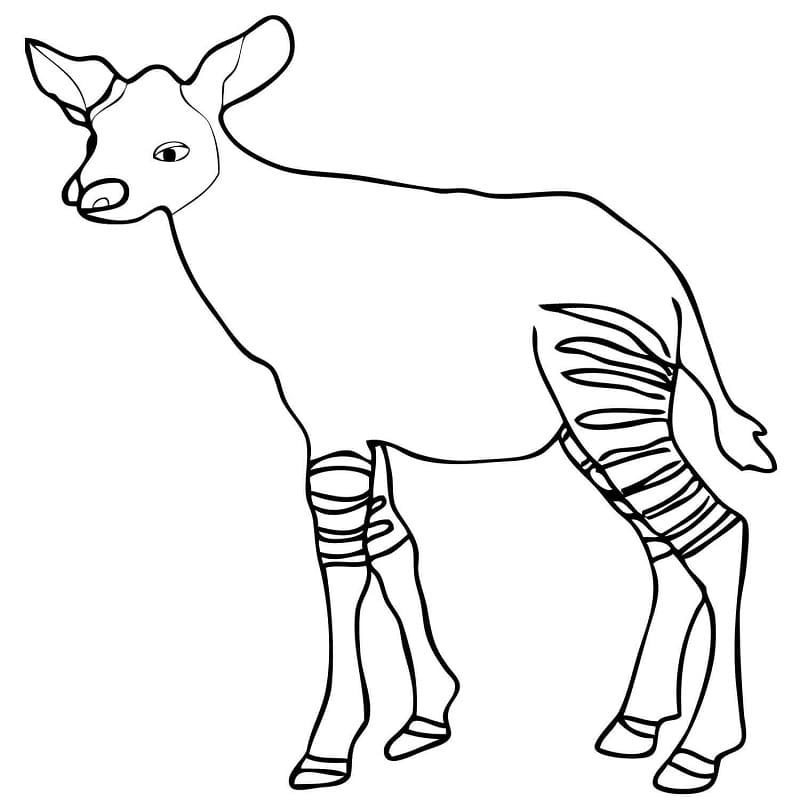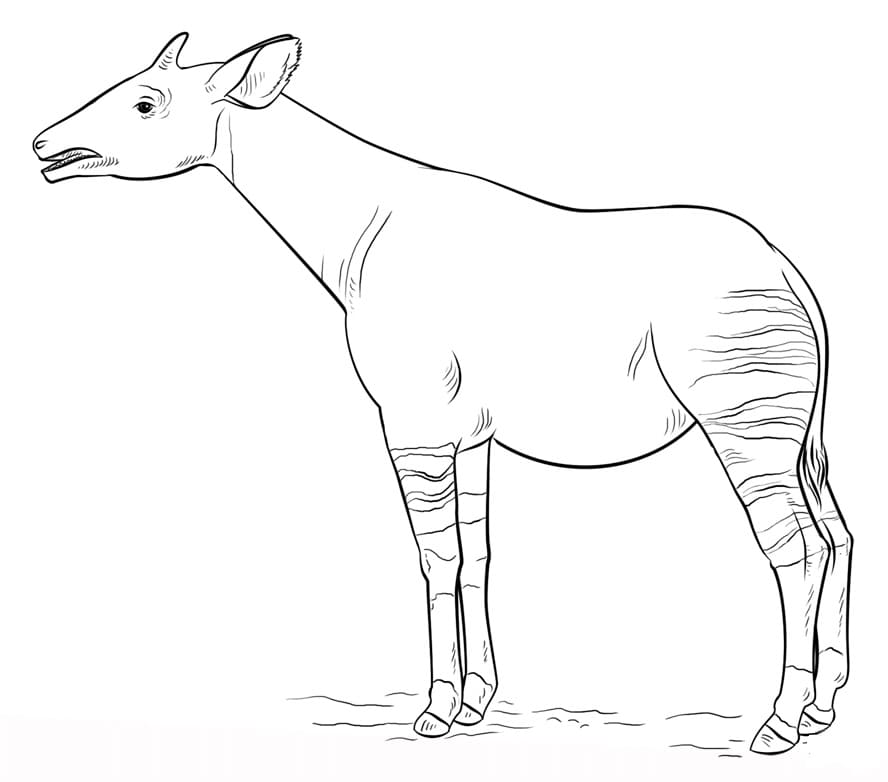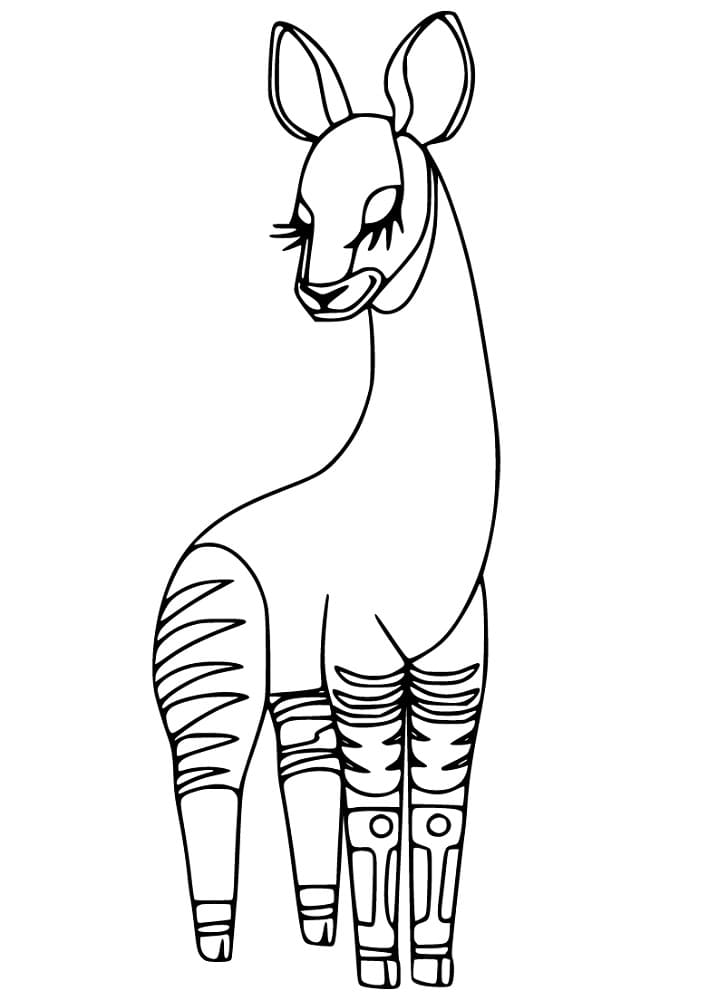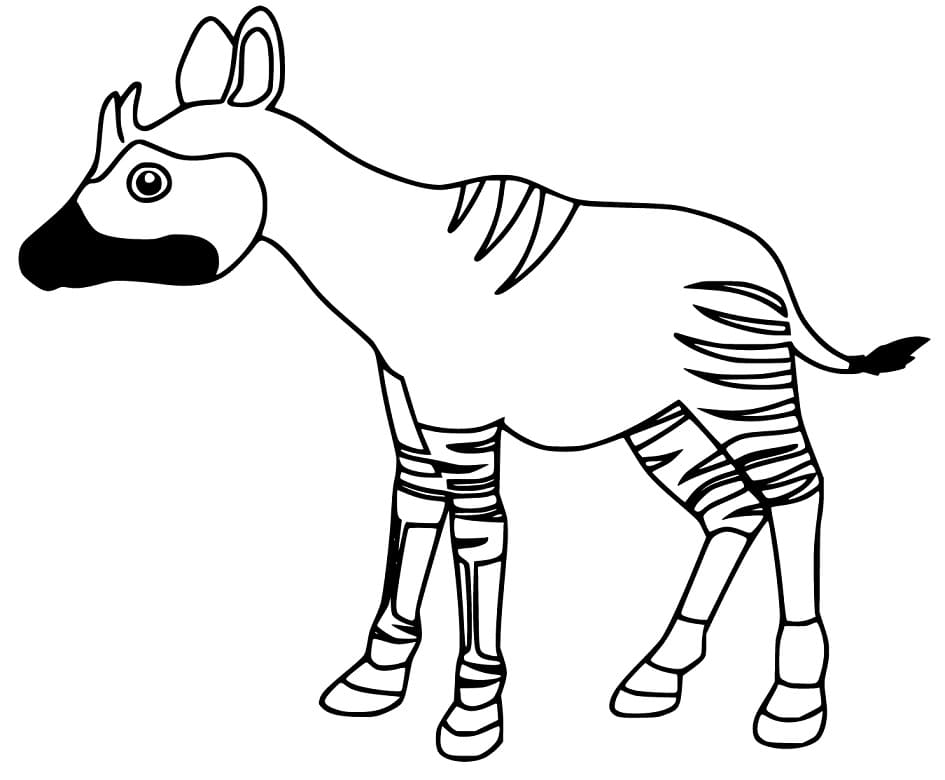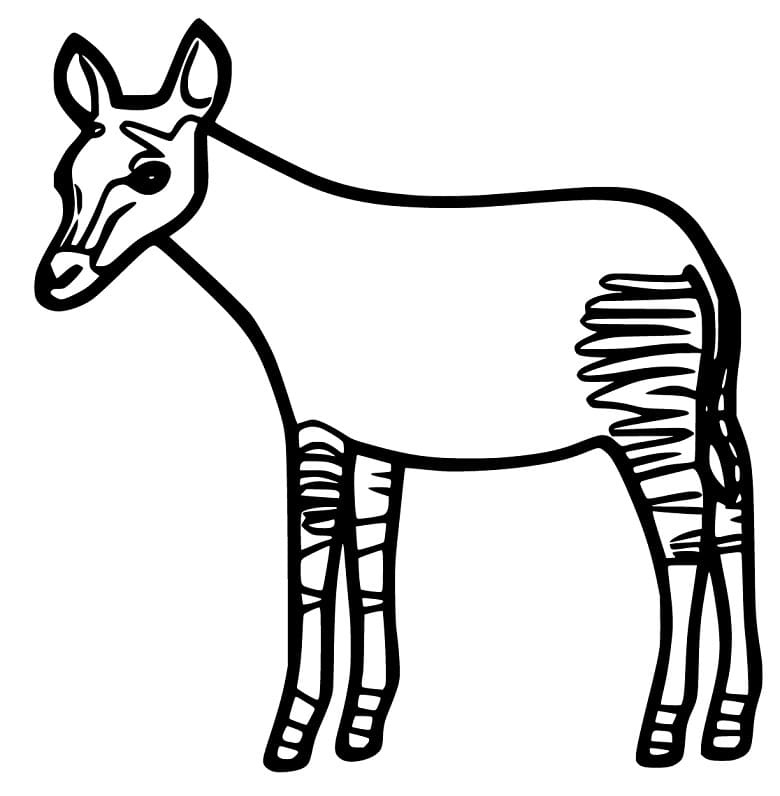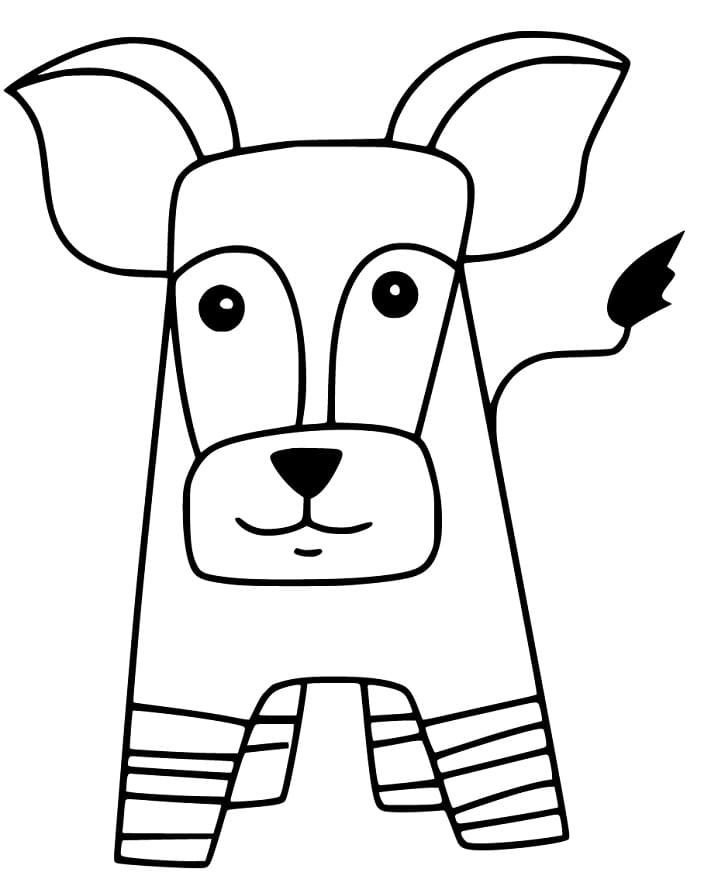The okapi (Okapia johnstoni) is a species of even-toed mammal in the giraffe family, the only one besides the giraffe. Although at first glance it may resemble zebras because of its brindle legs, it is actually the closest living relative of the giraffe.
Okapi - interesting facts and information
- Appearance: The okapi has a dark brown or reddish-brown body, with white, striped legs that resemble zebras. It has long, blue-gray tongues that it uses to pluck leaves and branches from trees. Okapi grow up to about 1.5 meters tall and 2.5 meters long.
- Diet: Okapi are herbivorous, feeding on leaves, shoots, fruits, grasses and fungi. Their long, grasping tongues allow them to reach high-hanging branches.
- Behavior: Okapi are rather solitary animals, except for the mother and her young. They are very shy animals and difficult to spot in their natural habitat. They are active both during the day and night.
- Reproduction: Females give birth to one young after about 440-450 days of gestation. Young okapi start trying to eat leaves and grass just a few weeks after birth, but are milk-fed by the mother until about 6 months of age.
- Distribution and habitat: Okapi live in rainforests in central Africa, mainly in the Democratic Republic of Congo. They prefer dense, moist forests with access to rivers and streams.
- Threats: The okapi is an endangered species. The main threats to okapi are habitat loss due to deforestation, poaching and armed conflicts in the regions where they live.
- Trivia: The okapi was only discovered by science in the early 20th century, which is late for large mammals. Although it is closely related to the giraffe, it does not have the long neck that is characteristic of the giraffe. Instead, it has long, grasping tongues, similar to those of giraffes.


